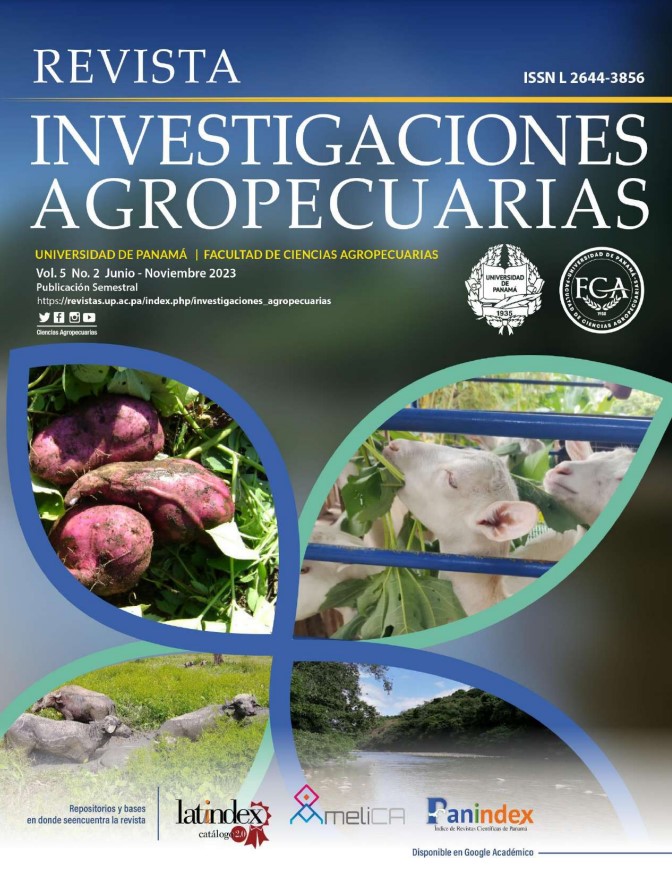

Copyright (c) 2023 Revista Investigaciones Agropecuarias

This work is licensed under a Creative Commons Attribution-NonCommercial-ShareAlike 4.0 International License.
The objective of this study was to evaluate the fitness of five nonlinear models to estimation of productive parameters related to shape and scale of lactation curves influenced by breed and parities in goats. A dataset of 1002 lactation records measured in two consecutive years (2021-2022) from 30 goats were used, which fifteen goats are Saanen and other fifteen goats are Brown Alpine, and in each breed studied, five goats are in first lactation, five goats are in second lactation and other five are in third or more lactations. Lactation curves fitted well with R2 > 0,89, showing that Brody, Wood, Nelder and Wilmink had a good fit. Breed and parity influenced significantly (p < 0,05) in differences between productive parameters estimated, showing that Saanen goats with third or more lactations showed greater values of milk maximal yield (ymax) with 3,10 ± 0,13 kg, cumulative milk yield at 220 days (PL220) with 513,72 ± 27,36 kg and average daily yield (yprom) with 2,34 ± 0,12 kg/day, than showed by Brown Alpine goats, while Brown Alpine goats had a lower milk maximal yield time than Saanen ones, in a range of 17 – 25 days without significantly differences (p < 0,05). In conclusion, adjusting the models based on the number of births and breed allow to obtain decision criteria in selection programs and management of the productive system in an efficient and sustainable way.